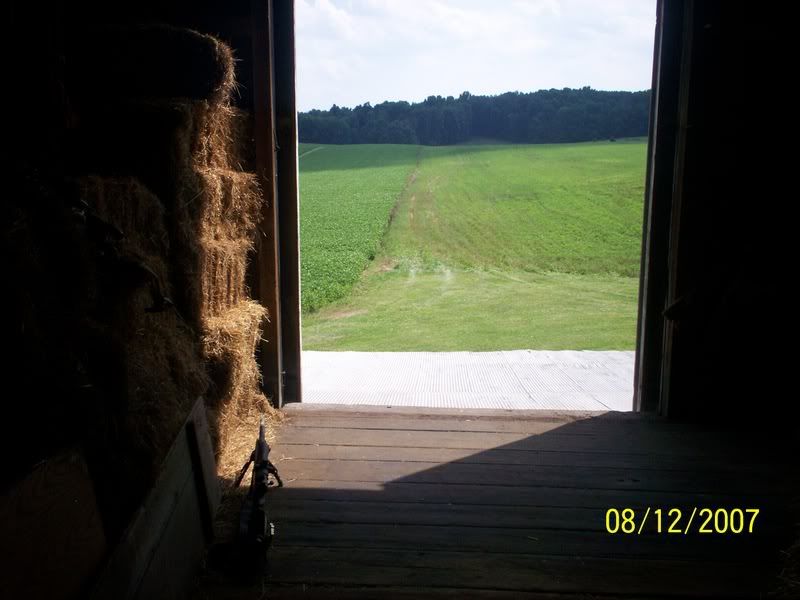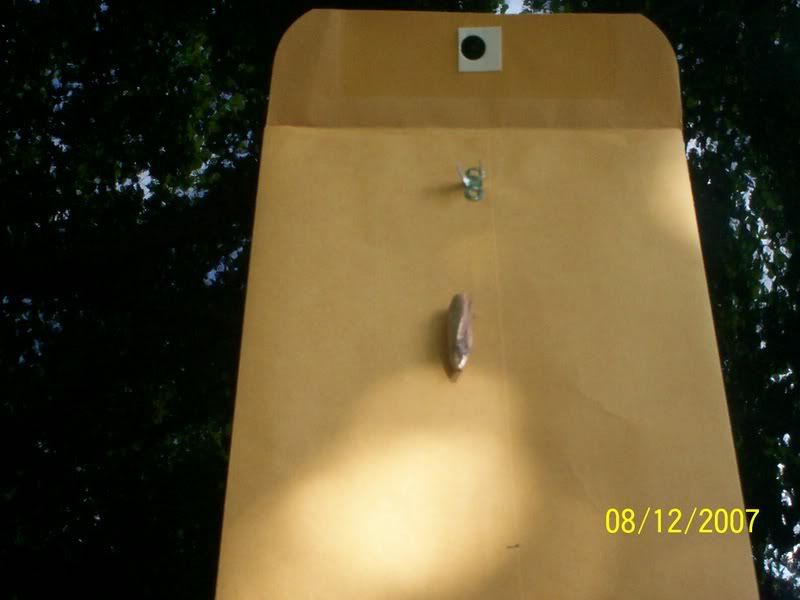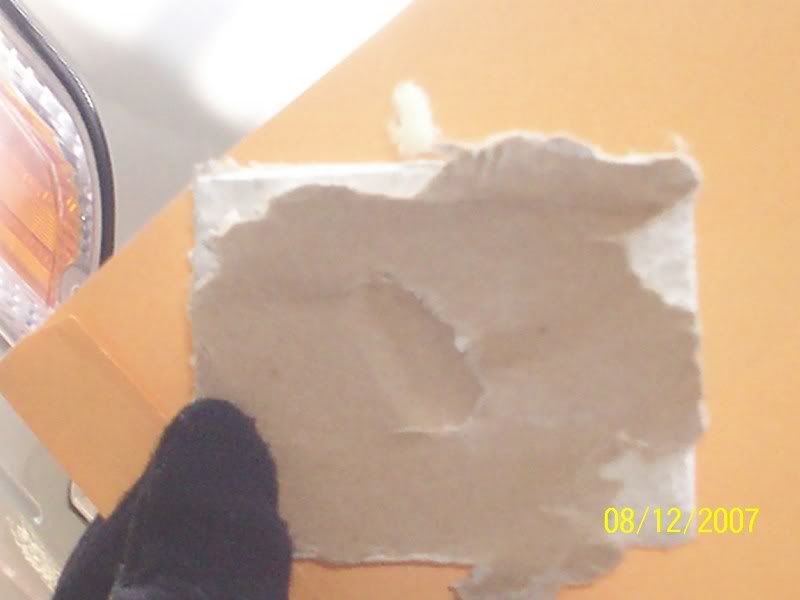The reason i ask this is after corn is out this fall i will be able to set up a "range" in a friends field.
Is there even a safe range to guess, or is this just stupid without a bullet stop.
We are going to try our hand at 1000 yrds for the first time on steel plates shooting from a hill top to an adjacent hill with a long gentle slope going up away from us.
shooting from a hill top to an adjacent hill with a long gentle slope going up away from us.
We will be using mostly 308's.
I will NOT try this if i don't think we can be safe. Closest house is about mile and a half away from targets.
Anyone have any info that isn't an out right guess??
Is there even a safe range to guess, or is this just stupid without a bullet stop.
We are going to try our hand at 1000 yrds for the first time on steel plates

We will be using mostly 308's.
I will NOT try this if i don't think we can be safe. Closest house is about mile and a half away from targets.
Anyone have any info that isn't an out right guess??







